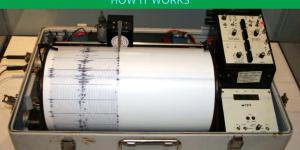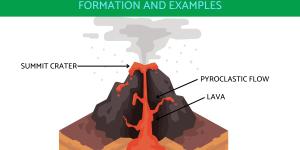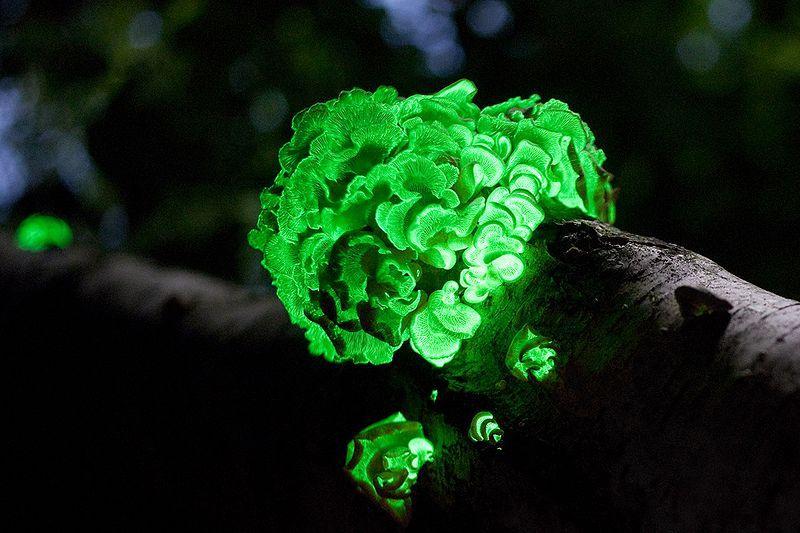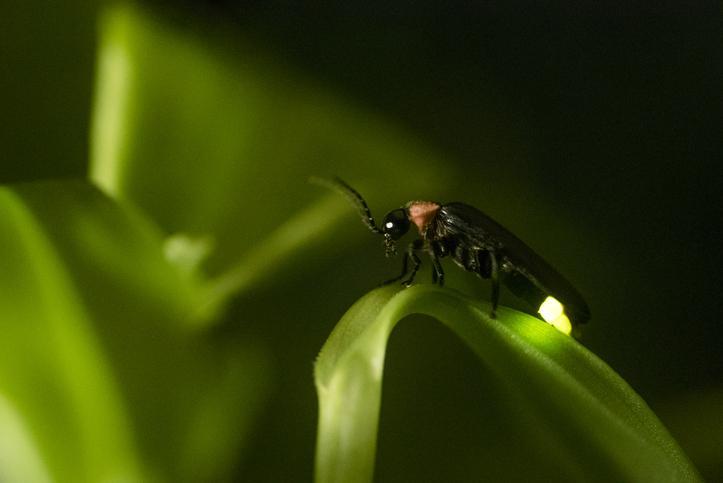How Does Bioluminescent Light Work?


While bioluminescence might seem like something out of science fiction, it's a real natural phenomenon. Living organisms harness chemical reactions to produce their own light. From fireflies dancing in the summer sky to deep-sea wonders glowing in the abyss, this remarkable ability serves a multitude of purposes and has evolved independently across a vast array of creatures.
This article by thedailyECO explores what bioluminescence is, the science behind this natural phenomenon, the diverse purposes it serves, and offers tips on where to see bioluminescent creatures firsthand.
What is bioluminescence?
Bioluminescence is the ability of some organisms to produce light, which stems from a chemical reaction within their bodies.
Bioluminescence has evolved in a wide variety of species across marine and terrestrial environments. This seemingly phenomenon offers several evolutionary advantages, playing a key role in survival and reproduction. Here's a breakdown of some key benefits:
- Attracting mates: bioluminescence can be used to attract mates through light displays. Flashes, patterns, or specific colors might signal potential partners.
- Communication: in environments lacking sunlight, bioluminescence may be used for communication between organisms. Light patterns or colors could indicate species membership or other messages.
- Luring prey: predators can utilize bioluminescent lures or light emissions to attract unsuspecting prey close enough for capture.
- Hunting: some organisms emit light when disturbed, potentially revealing nearby prey for themselves or attracting larger predators.
- Defense: sudden bursts of light can be used to startle and confuse predators, creating an escape opportunity.
- Warning signal: light emission can function as a warning signal to predators, deterring attacks.
- Camouflage: bioluminescence allows organisms to adjust their light emission to match their surroundings, achieving better camouflage. This can involve producing light that mimics downwelling sunlight to cancel out their silhouette or simply adjusting the intensity to blend in with the environment.
Learn more about firefly bioluminescence in our other article.

Types of Bioluminescence
Rather than a single process, bioluminescence encompasses a remarkable diversity of chemical reactions. These reactions all have one captivating outcome: the emission of light. Let's explore two categories behind this natural light show.
Oxidation
This is the most widely observed type of bioluminescence. It involves a fascinating interplay between two molecules:
- Luciferin: light-emitting molecule specific to each organism.
- Luciferase: enzyme that helps the luciferin react with oxygen.
Luciferin, a molecule within the organism, reacts with oxygen in the presence of luciferase, an enzyme. This reaction releases energy as light. The specific color of the emitted light depends on the structure of the luciferin involved.
Calcium activation
Some organisms utilize a different mechanism – photoproteins. These molecules require a specific trigger to emit light, which is Calcium ions (Ca²+). When calcium binds to the photoprotein, it initiates a chemical reaction that releases energy as light. This type of bioluminescence is found in some jellyfish and other marine creatures.
Examples of Bioluminescence
Bioluminescence isn't restricted to a single group. It has evolved independently across various taxa, resulting in a fascinating array of light-emitting life forms. Let's explore some bioluminescent organisms in different environments:
Marine organisms
- Jellyfish and Ctenophores: these creatures, like the Aequorea victoria jellyfish, utilize photoproteins that emit light in response to darkness. This bioluminescence may serve multiple purposes, including attracting prey, confusing predators, or communication.
- Dinoflagellates: these single-celled organisms, responsible for bioluminescent displays like red tides, emit light when disturbed by water movement. The exact function is unclear, but it might attract predators to dinoflagellates, startle larger predators, or illuminate potential prey.
- Fish: the underwater world is rich in bioluminescent fish. Flashlight fish (Anomalops katoptron), true to their name, use light-emitting organs for communication and attracting mates. Hatchetfish (Sternoptychidae) employ bioluminescence for camouflage, emitting light that blends with the downwelling sunlight. Dragonets (Callionymidae) dangle bioluminescent lures to attract prey, while Sargassum fish (Histrio histrio) may use glowing spots for communication or attracting prey in their seaweed habitat. Even goby species boast bioluminescent spots, with functions still under investigation.
Terrestrial organisms
- Fireflies (Lampyridae): These familiar insects are a symbol of summer nights. Their bioluminescence, produced in their abdomens, primarily serves to attract mates through light displays.
- Fungi: bioluminescence isn't limited to animals. Some fungi, like Mycena lucentipes, emit a greenish glow, possibly to attract insects that help disperse their spores.
- Insects: beyond fireflies, other insects like glowworms and some click beetles utilize bioluminescence. Glowworms use their light to attract prey, while click beetles may use their light flashes for defense.
Deep-sea creatures
- Anglerfish (Linophryne arborifera): these fish use a bioluminescent lure to attract prey in the darkness.
- Flashlight fish (Anomalops katoptron): these deep-sea creatures have light-emitting organs for communication, attracting mates, and potentially even luring prey.
- Deep-sea shrimp: species like Sergestes similis showcase the versatility of bioluminescence. They can adjust their light emission to match their surroundings, achieving superior camouflage.

Best places in the world to see bioluminescence
Bioluminescence can be a magical sight, and there are many places around the world where you can witness this natural phenomenon. Here are a few popular bioluminescent destinations:
- Holbox, Mexico: on the northeast coast of the Yucatan Peninsula, particularly in Holbox, a significant accumulation of marine bioluminescent microorganisms occurs along the coast during the darkness of the night, emitting light.
- Puntarenitas Beach, Costa Rica: after sunset, visitors to Puntarenitas Beach can witness the magical phenomenon created by living organisms emitting blue light, leaving behind a beautiful trail of sparkles.
- Vieques Island, Puerto Rico: bioluminescence can be observed along the coasts of Vieques Island, where the water comes alive with glowing organisms, creating a stunning natural display.
- Koh Rong, Cambodia: along the coasts of Koh Rong, bioluminescent microorganisms light up the water, offering a captivating sight after dark.
- Toyama Bay, Honshu, Japan: Toyama Bay is known for its bioluminescent firefly squid, which gather in large numbers during the spawning season, creating a breathtaking spectacle as they emit light.
- Waitomo Caves, New Zealand: Within the Waitomo Caves, lagoons form where bioluminescent organisms illuminate the dark caverns, providing visitors with a unique and enchanting experience.
Ever seen a beach light up at night? Our other article dives into the fascinating phenomenon of bioluminescent beaches.

If you want to read similar articles to How Does Bioluminescent Light Work?, we recommend you visit our Facts about nature category.
- Editorial team (02/27/2016) Bioluminescence. National Geographic Spain, Sciences .
- Martín, A. et. al, (2010) Bacterial bioluminescence. REDUCA Magazine, Biology . Volume 3 (5).
- Editorial team (06/27/2019) Bioluminescent mushrooms. National Geographic Spain, Biodiversity .
- Galán, J. (07/06/2016) Hallucinating with bioluminescence, 10 bioluminescent beaches and lagoons. El País, Off the road .








